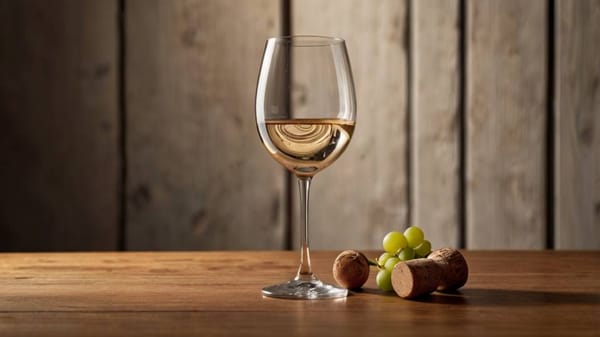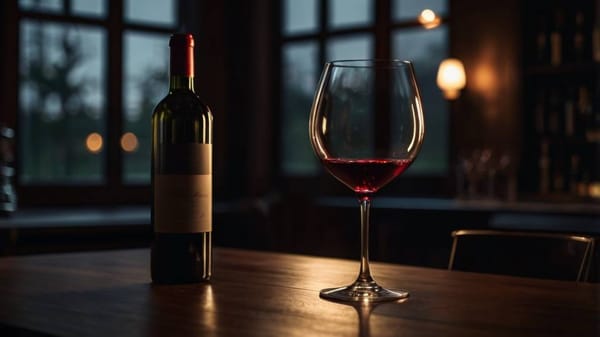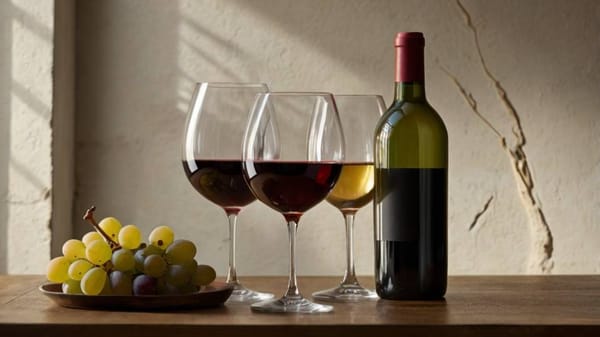Do You Actually Need a Decanter?
Curious about decanting? Learn when it matters, how it works, and how to use it to get more flavor and confidence from every bottle you open.
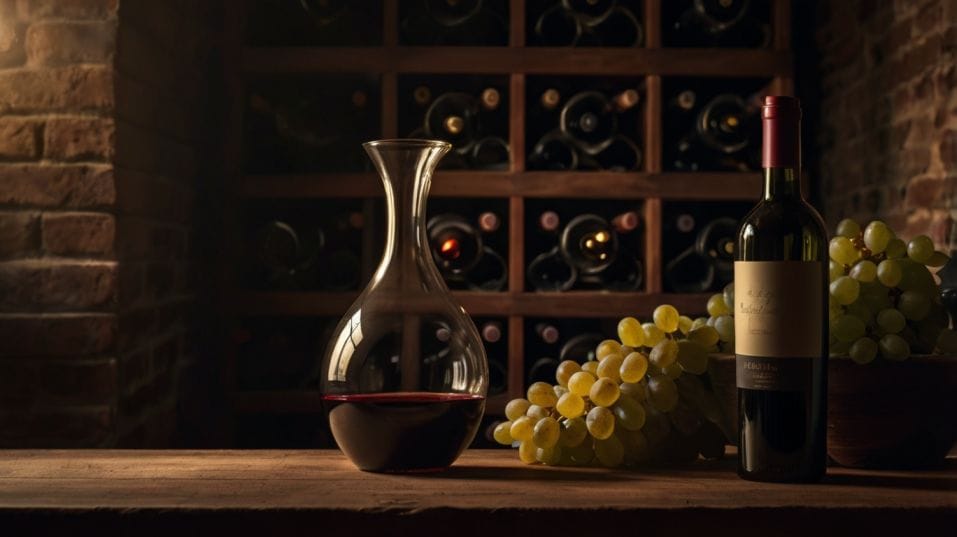
Ever opened a bottle and wondered if you’re missing something by skipping the decanter? You’re not alone.
Decanting seems mysterious—almost ceremonial—but it’s actually a practical move that can change how your wine smells, tastes, and feels.
The real question isn’t should you decant, but when. This guide breaks it down simply, helping you use air to unlock flavor, tame harshness, and build real confidence in every pour.
What Decanting Is Really About
Let’s cut through the mystique: Decanting isn’t about tradition or elegance. It’s about oxygen. Specifically, how oxygen interacts with wine once it’s poured out of the bottle.
When wine is bottled, it’s sealed in a near-airtight environment. That preserves freshness, but it also locks in structure and sometimes volatile compounds that need air to resolve.
Decanting exposes wine to air in a controlled way. This softens tannins, brings aromas forward, and helps complex flavors emerge that might otherwise stay buried.
But here’s the key: decanting doesn’t transform bad wine into good wine. It doesn’t add flavor. What it does is reveal what’s already there. That’s why understanding when to use it—and when not to—is where the real power lies.
Which Wines Benefit (and Which Don’t)
You might think decanting is only for old Bordeaux or showpiece reds. Not true. While bold, structured reds are the most common candidates, a much wider range of wines can benefit from a little air.
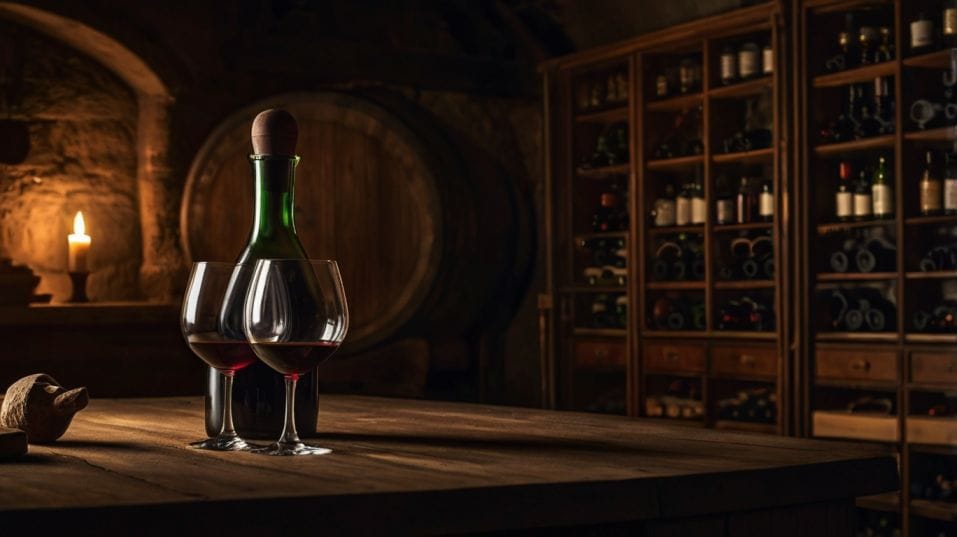
Young Reds
This is where decanting often makes the biggest difference. Wines with high tannin—like Cabernet Sauvignon, Syrah, Nebbiolo, or young Rioja—can feel angular or closed off when first opened.
Decanting helps round those edges, softening bitterness and giving fruit, spice, or earthy notes more room to show. Ten to thirty minutes of air can take a red from “fine” to “wow.”
Natural and Minimal-Intervention Wines
These often come out of the bottle with reduction—those rubbery, eggy, or sulfuric smells that need a bit of air to blow off. A quick decant lets them settle, revealing fruit, minerality, or floral notes that were hiding.
Full-Bodied Whites and Orange Wines
Rich whites like white Burgundy, skin-contact wines, and even aged Riesling can all benefit from decanting.
These styles often gain aromatic complexity and balance with a little time in a wide glass or decanter, especially if they’ve been chilled or sealed under screwcap.
Aged Reds (10+ years)
This is where the story changes. The goal here isn’t aeration—it’s separation. Aged wines often throw sediment that can make the wine gritty or bitter. Decanting lets you pour off the clear wine while leaving the sediment behind.
But you don’t want to overexpose it to air—delicate aromas can vanish fast. Here, a slow, careful pour into a narrow decanter (or even a clean wine glass) is all you need.
Wines That Don’t Need It
Fresh, vibrant whites and light reds like Gamay or Pinot Noir don’t always need decanting. These wines tend to be open, juicy, and expressive right away. If they taste great out of the bottle, don’t complicate things.
And if a wine is fragile—showing age, already fading, or subtle in expression—it may fall apart with too much air. In those cases, taste first and decide.
How to Decant (Without Overthinking It)
There’s no need for ceremony or expensive gear. The real goal is simply to let the wine breathe. Here’s what matters:
Surface Area
Wider vessels give the wine more contact with oxygen. That’s why decanters have broad bases. But you don’t need one. A clean glass pitcher, a vase, or even a large mixing bowl can work in a pinch—so long as it’s odor-free and transparent.
Time
Some wines evolve beautifully over an hour; others hit their stride in 15 minutes. Trust your senses. Pour a glass and smell it.
If it’s tight, muted, or has funky aromas, give it time. Taste again later. The most important thing is noticing how it changes.
Pouring Technique
For young wines, you can pour confidently—let the wine splash into the decanter to maximize air exposure. For old wines, pour gently and steadily. Use a light or candle underneath the neck of the bottle to catch sediment before it hits the glass.
Cleaning Your Decanter
Cleanliness matters. Residual soap, mustiness, or even water spots can ruin the aroma of a wine. Rinse with very hot water, dry upside down on a rack, and avoid harsh detergents. For stains, try crushed ice and salt, or decanter cleaning beads.
Decanting vs. Aerating: What’s the Difference?
You’ve seen those gadgets—the ones that claim to “instantly” improve wine through rapid aeration. While they do increase oxygen exposure, they don’t allow wine the time it needs to evolve.
Wine isn’t a soda—it’s not about fizz or force. It’s about progression. A wine opens up in stages. If you skip that by blasting it with air, you miss the journey.
That’s why decanting is as much about tasting as it is about preparing. It slows you down. It makes you observe. That’s where confidence is built—not from following rules, but from experiencing the wine as it changes.
Try This: The Side-by-Side Test
Want to learn fast? Open a bottle. Pour half into a decanter and half into your glass. Smell and taste each over the next 30 to 60 minutes. Notice how the aromas lift, how the texture softens, how the finish lingers or sharpens.
This is wine education at its most practical—and personal. No theory, no jargon. Just your own palate, telling you what’s changed. And once you’ve seen it, you’ll start to understand what each wine needs before you even take the first sip.
Final Thoughts
A decanter isn’t a luxury. It’s a tool. And if you’re learning to taste with focus and purpose, it’s one worth having. Not because it makes wine fancier—but because it helps you unlock more from every bottle.
Try it for yourself. Open something young and grippy, or something cloudy and wild. Let it breathe. Smell deeply, taste slowly, and watch what happens.
Add it to your ritual—not every time, but when it feels right. It’s one small step toward deeper confidence, sharper instincts, and more rewarding wine nights ahead.
You don’t need to memorize the rules. You just need to taste more, notice more, and trust that you’re building your own expertise with every bottle. Now—go open something. And see what it really has to say.


